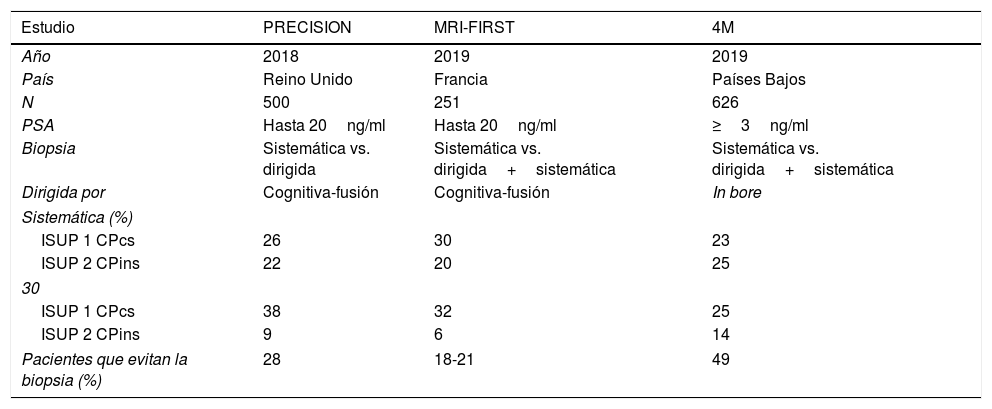El cáncer de próstata (CP) es la segunda causa principal de mortalidad por cáncer y la enfermedad diagnosticada con mayor frecuencia en la población masculina. El CP se manifiesta de diversas maneras: desde enfermedad indolente a altamente agresiva. A esto se debe la complejidad de su diagnóstico y de la elección del tratamiento adecuado. El enfoque utilizado actualmente, con pruebas de PSA y examen rectal digital seguido de biopsia transrectal ecodirigida, carece de sensibilidad y especificidad en la detección de CP y ofrece información limitada sobre la agresividad y el estadio del cáncer. La evidencia científica respalda el creciente uso de la resonancia magnética multiparamétrica como la herramienta de imagen más sensible y específica para la detección, la caracterización de lesiones y la estadificación del CP. El presente estudio hace una revisión actualizada del rol de la resonancia magnética en el diagnóstico de CP, revisando los últimos artículos publicados en PubMed.
Prostate cancer (PCa) is the second leading cause of cancer-related mortality and the most frequently diagnosed male malignant disease among men. The manifestation of PCa ranges from indolent to highly aggressive disease and due to this high variation in PCa progression, the diagnosis and subsequent treatment planning can be challenging. The current diagnostic approach with PSA testing and digital rectal examination followed by transrectal ultrasound biopsies lack in both sensitivity and specificity in PCa detection and offers limited information about the aggressiveness and stage of the cancer. Scientific work supports the rapidly growing use of multiparametric magnetic resonance imaging as the most sensitive and specific imaging tool for detection, lesion characterization and staging of PCa. Therefore, we carried out an updated review of magnetic resonance imaging in the diagnostic PCa reviewing the latest papers published in PubMed.











